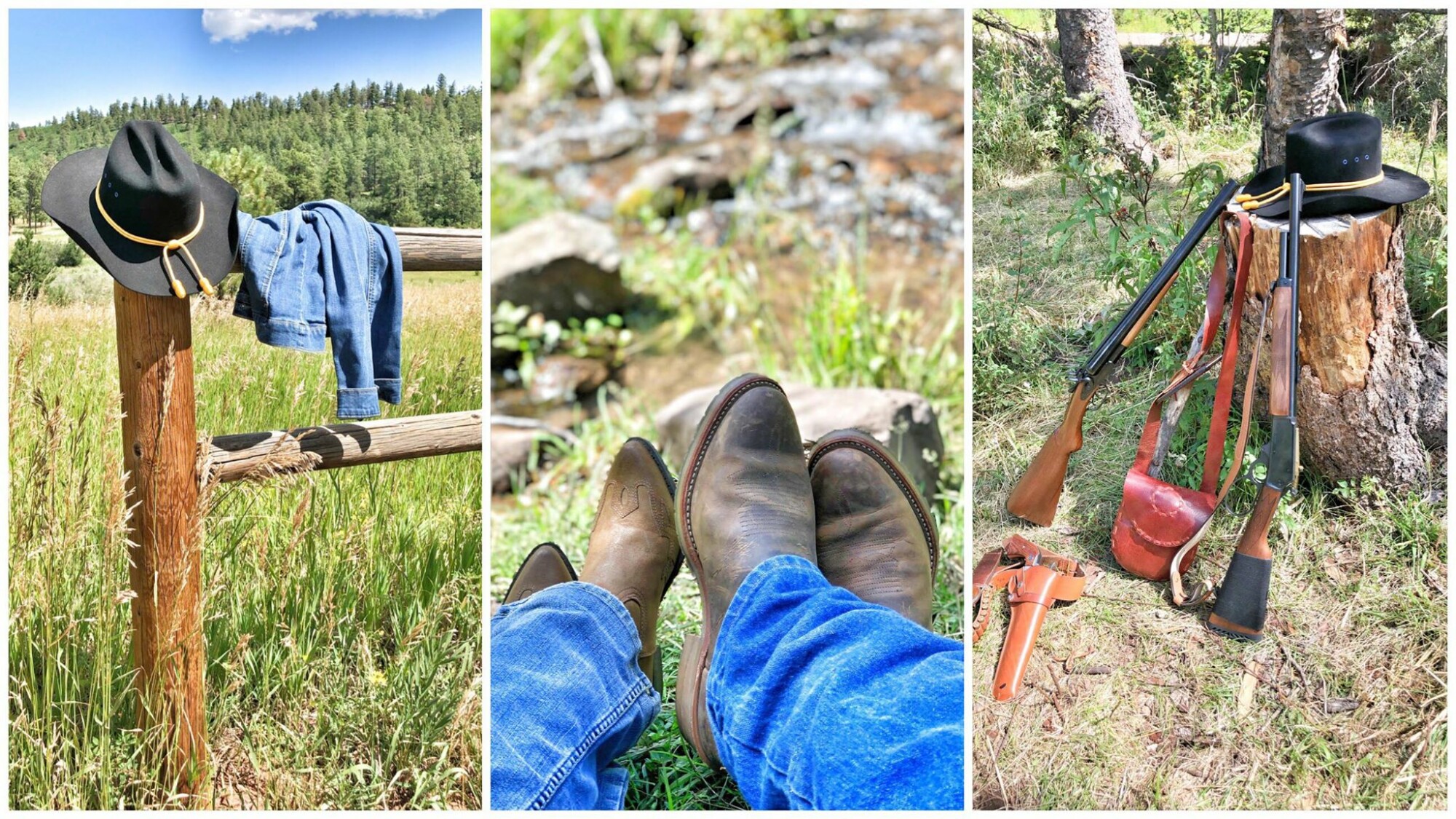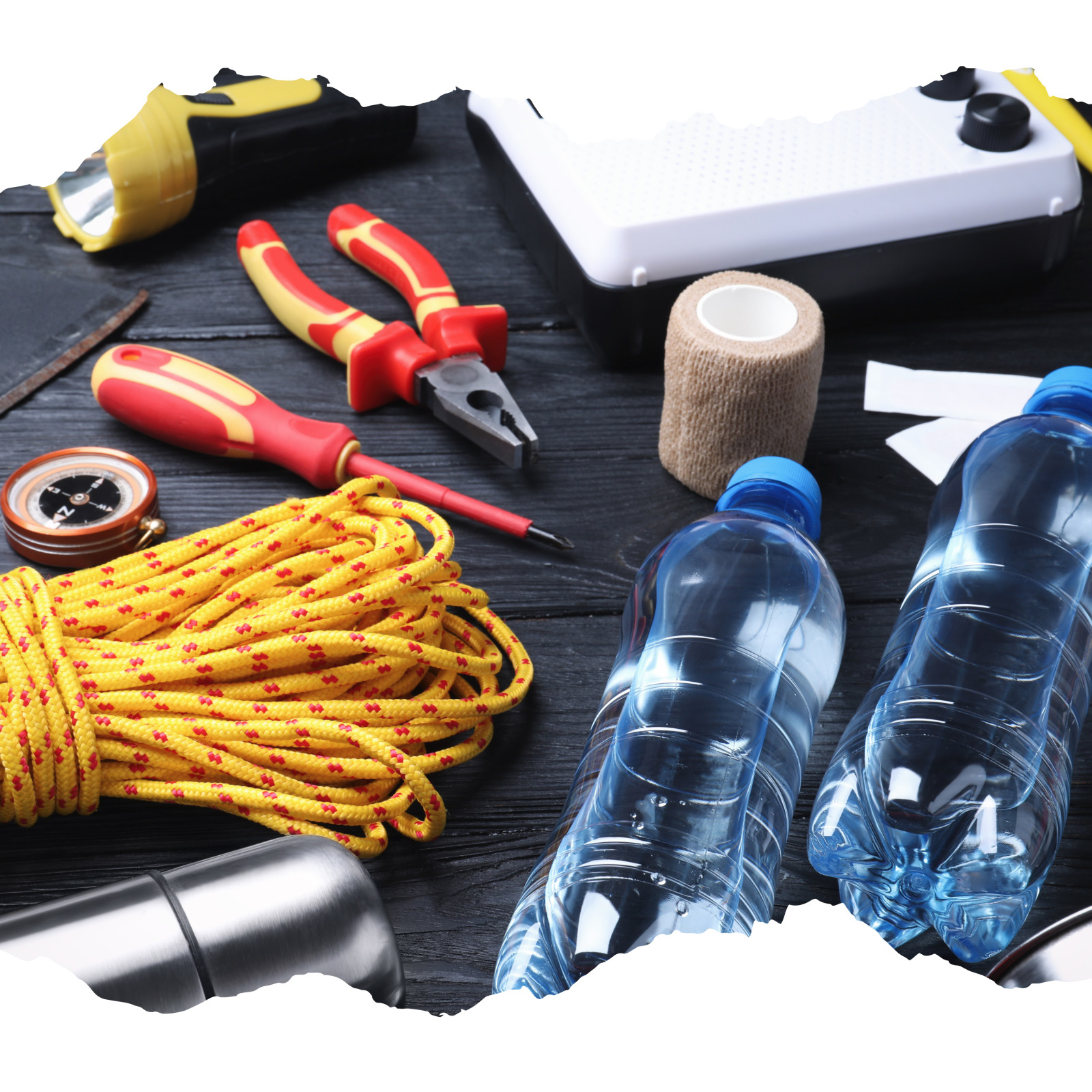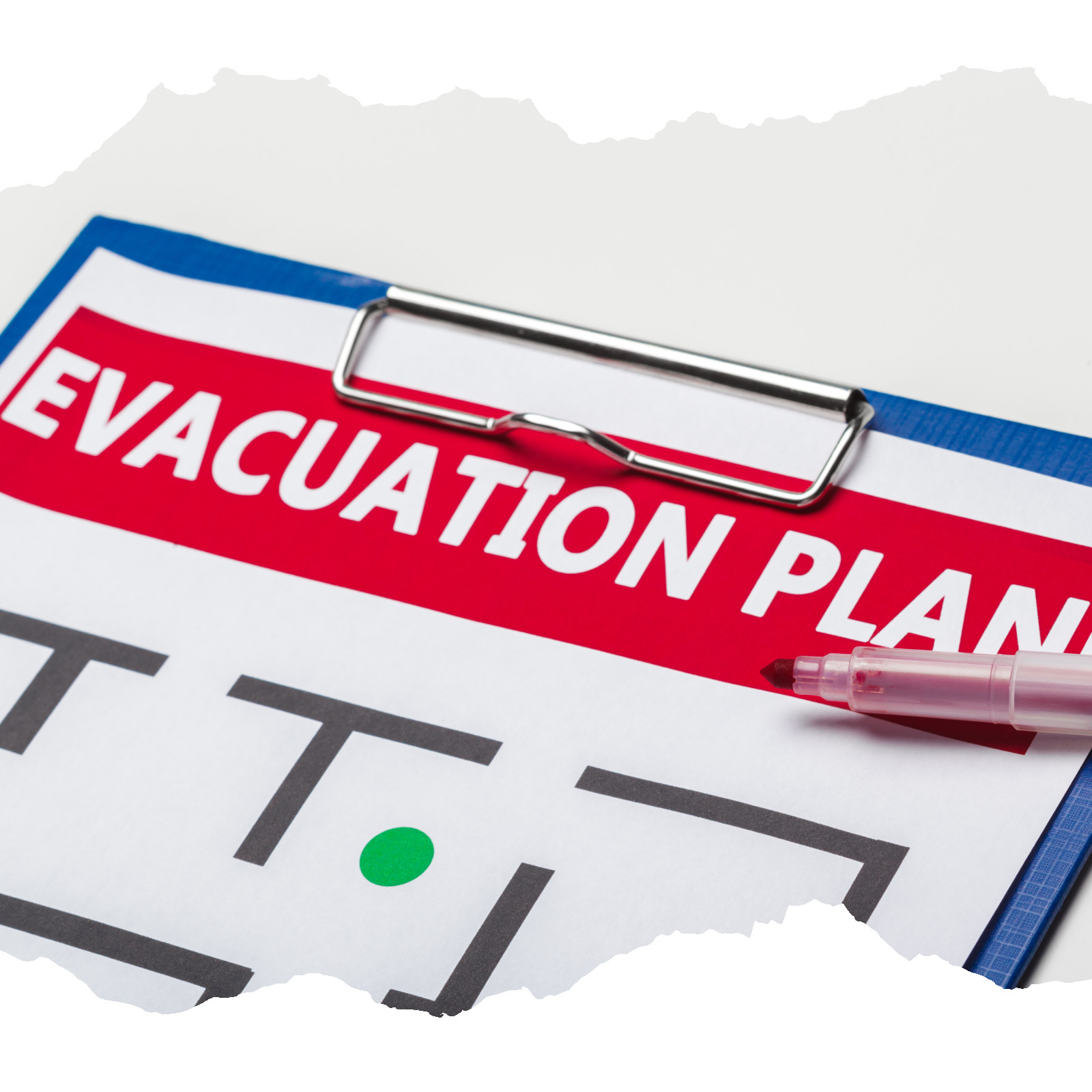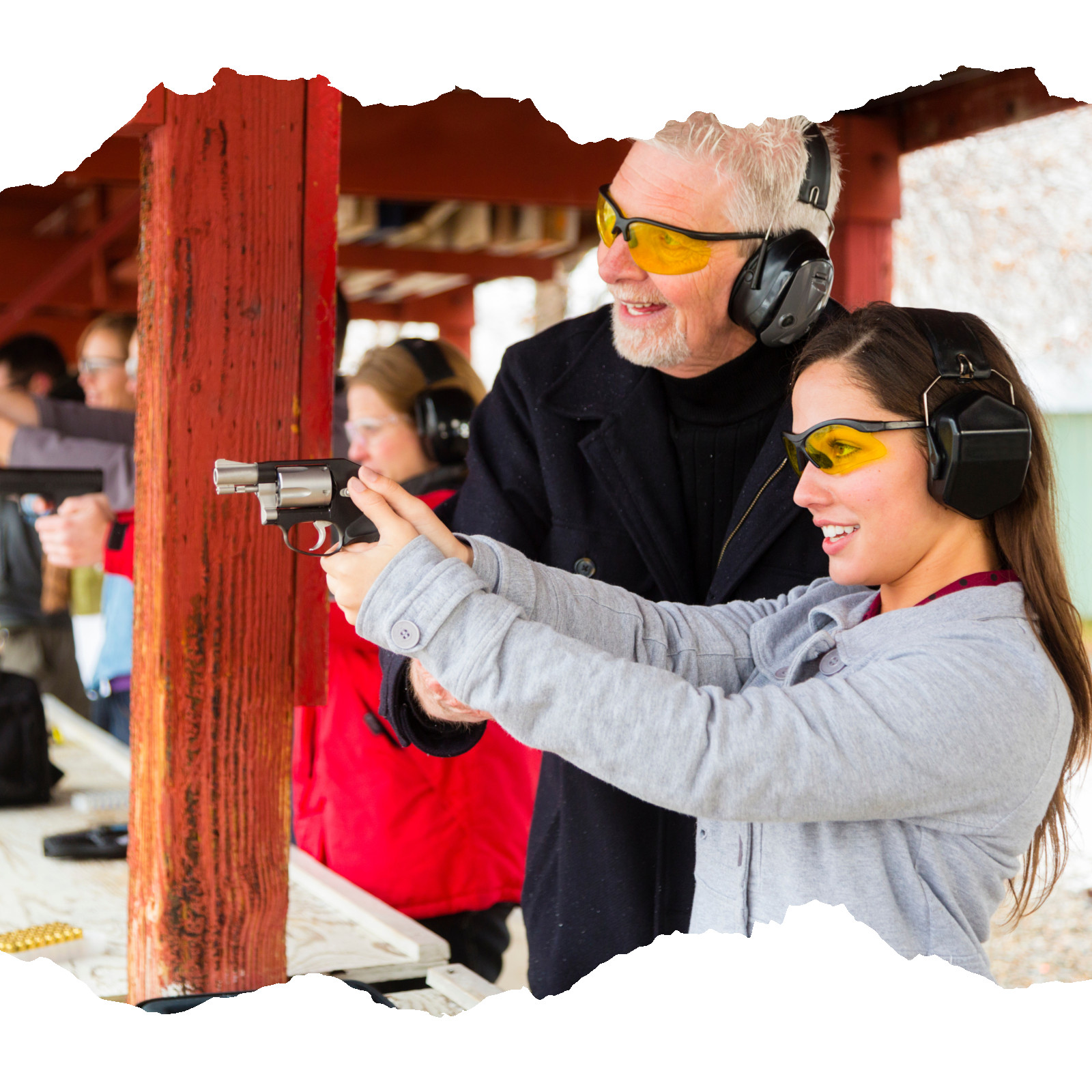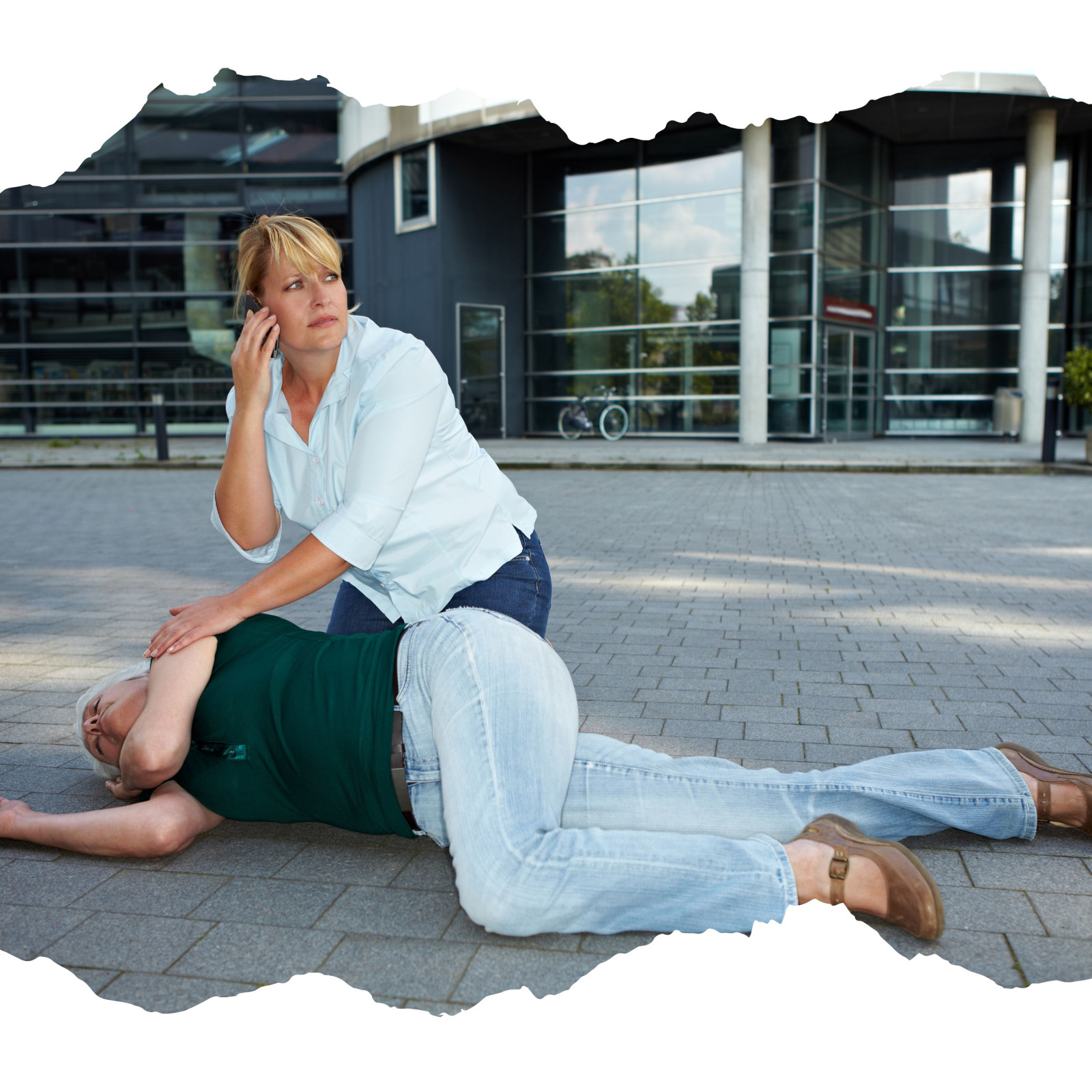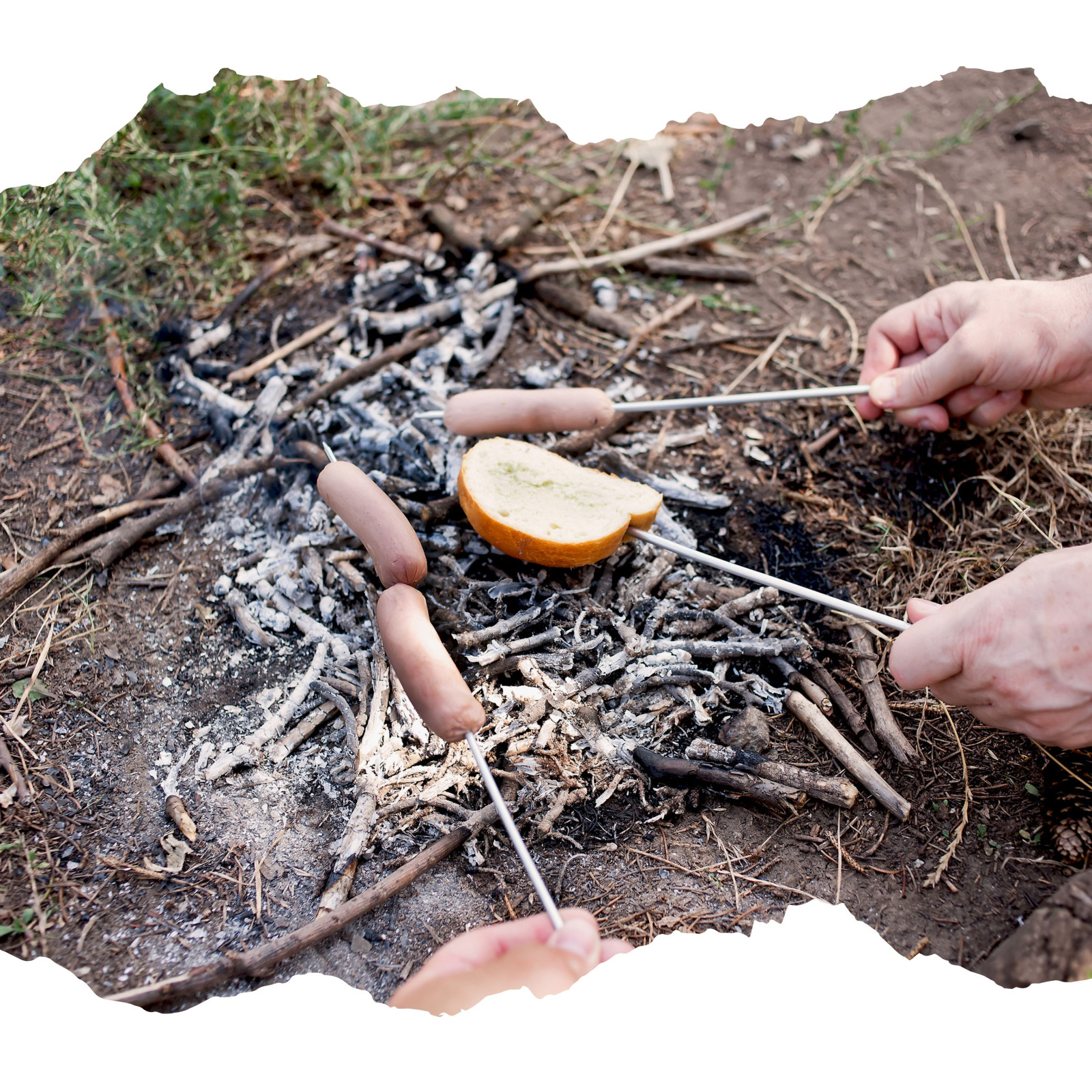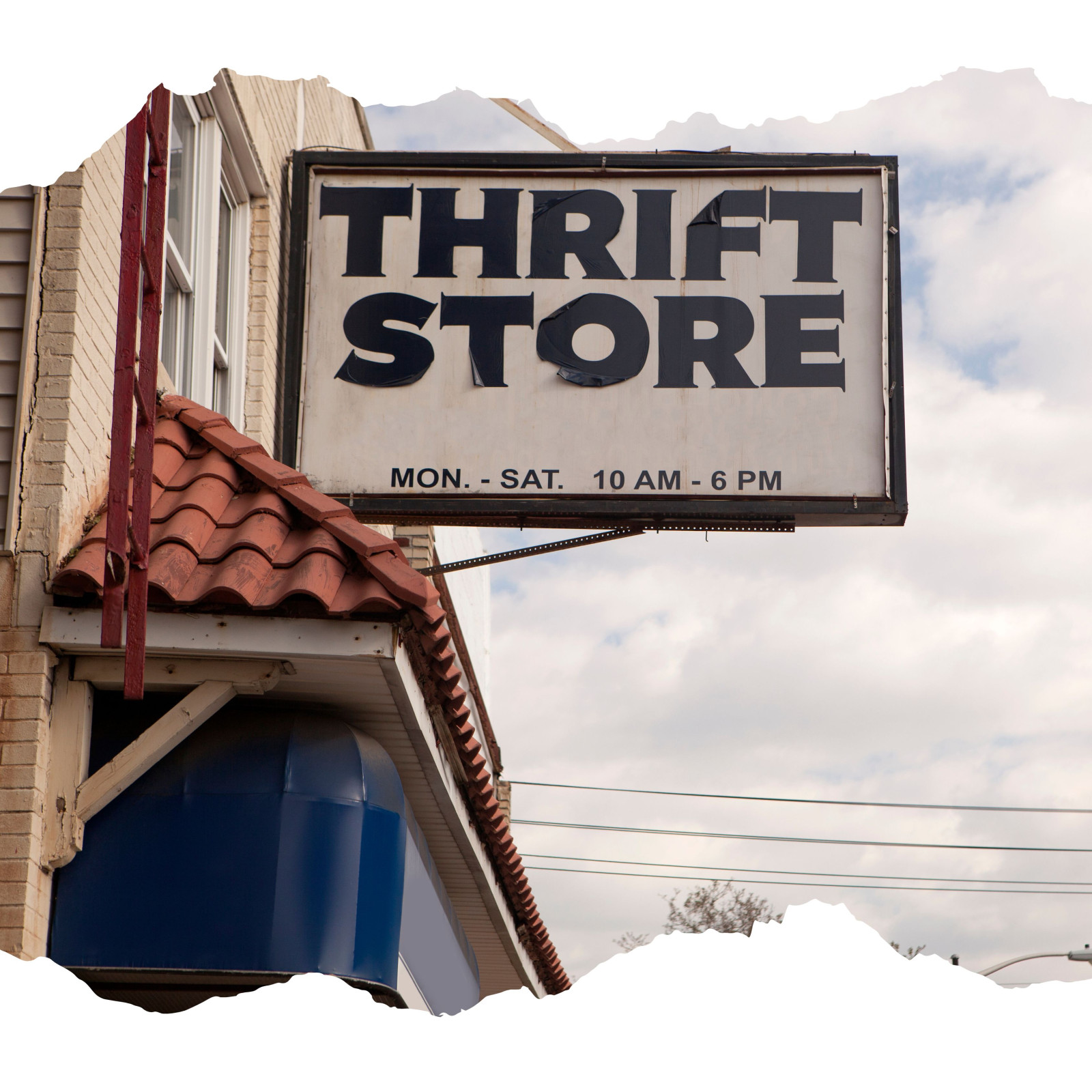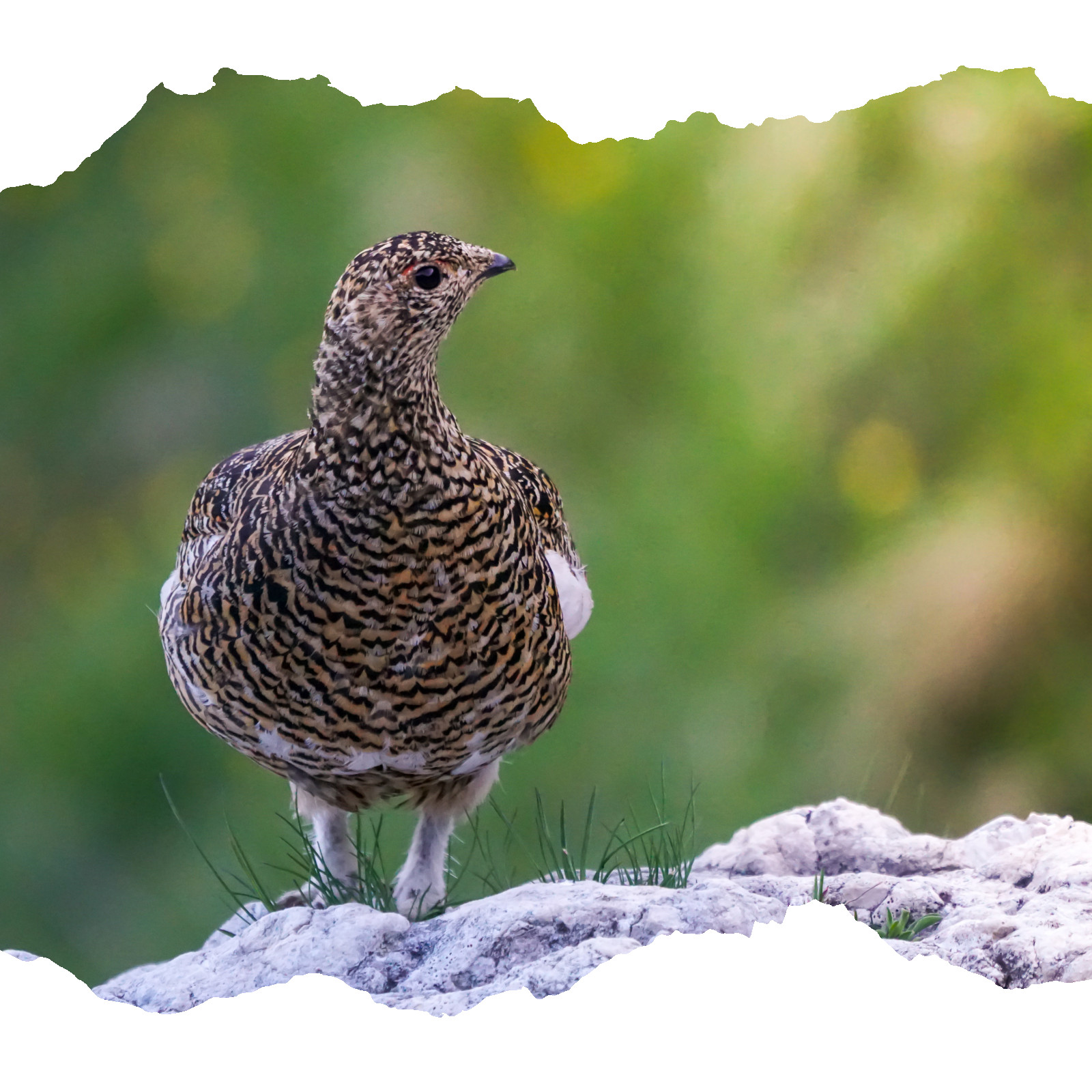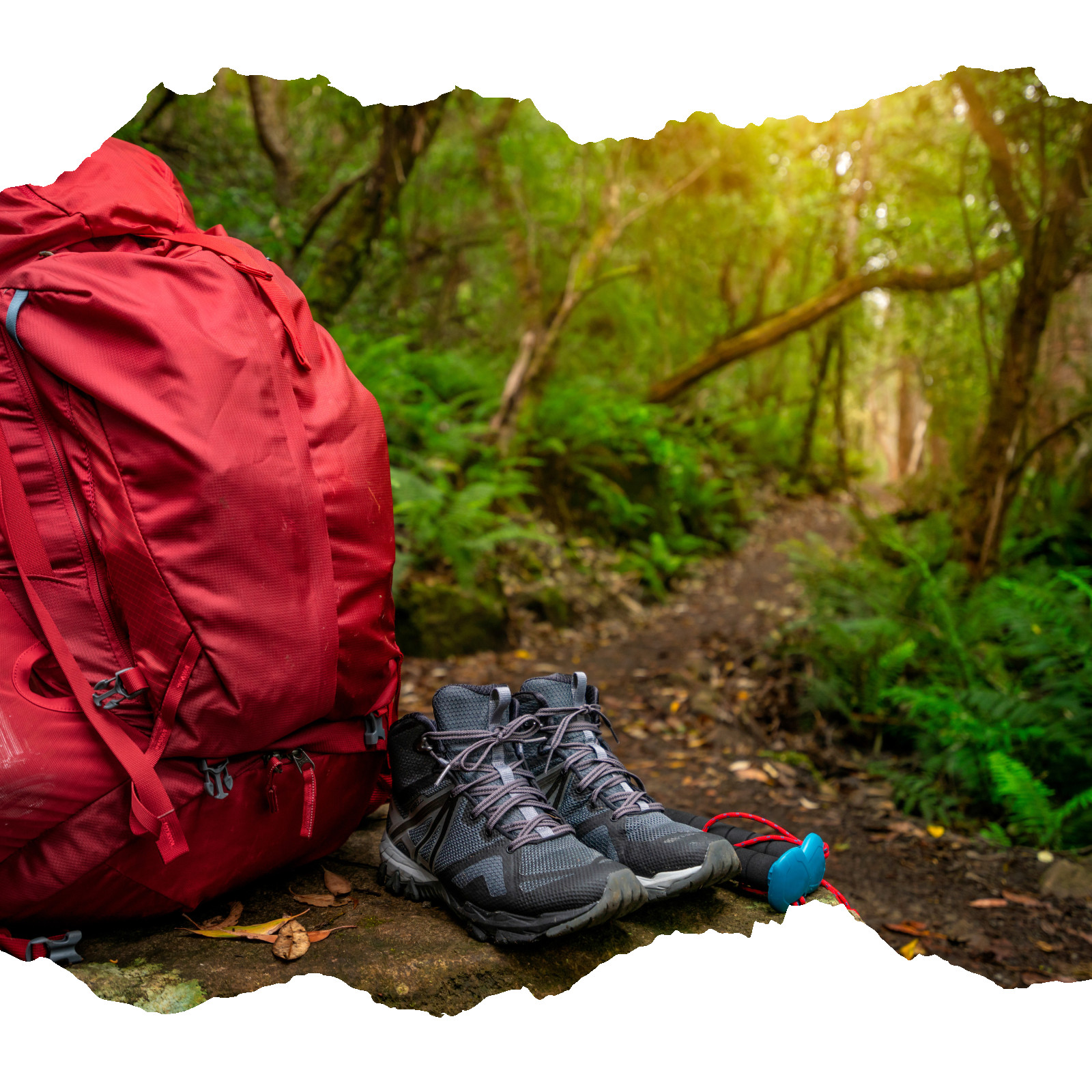
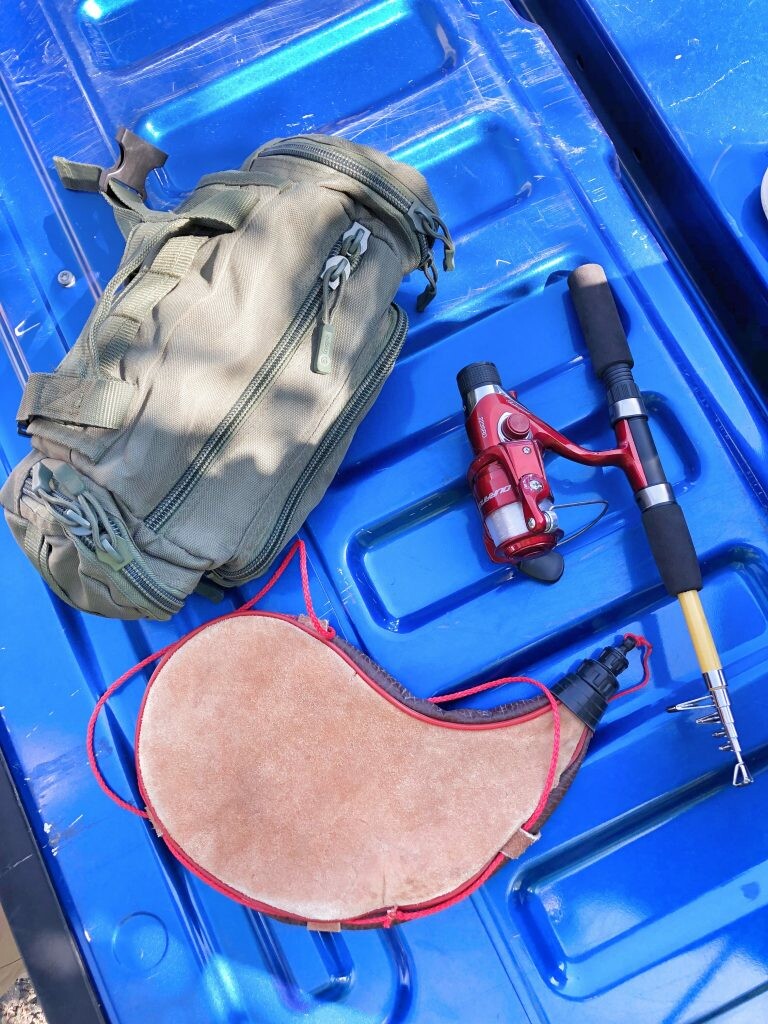
Being a former Boy Scout, and working in a very rural environment, I’ve learned to keep a basic “survival fishing kit” in my vehicle all the time. This kit doesn’t have to be large and cumbersome. In fact, the kit I keep in our truck is contained in a small fanny pack. We've all heard of EDC, here we're going to discuss the EDD (Every Day Drive) kit.
Below I’ve listed all my must-haves. Keep reading to find out!
What’s in the kit
One of the first things I put in the kit was a method of making fire. Following the “Be Prepared” mantra, I have multiple methods for starting a fire. A ferrocerium (“ferro”) rod tops the list in this area, as even wet material will succumb to the extremely hot sparks put off by this material. Amazon has an excellent assortment of ferro rods in different dimensions. I’ve found that the ¼ inch or larger rods work best, but any port in a storm as they say!
The tried and true Bic style lighter obviously has a place in the fire kit. Because let’s face it, those things last forever.
I’m a huge fan of Dave Canterbury, but on this next point he & I diverge just a bit. Old fashioned strike anywhere matches (when you can find them!) are a great method for fire starting (another Boy Scout hold over lol). Make sure that you waterproof the heads to avoid wet weather complications.
Believe it or not, there is a flint and steel kit in the fire bag as well, along with char cloth and jute.
Water and water purification methods are up next.
Stainless steel water bottles are my go-to. But if you’re just starting out or just want to keep it simple, store bought bottled water, plastic sports bottles, or a bota bag (personal fav) work fine. I keep water purification tablets in the kit in case I have to replenish with water I can’t boil first.
The food component is made up of trail mix, granola bars, pre-packaged “snack packs” (tuna, chicken, etc). Add a few tea bags & coffee pouches and you’re set.
Don’t forget the fishing gear
A small collapsible fishing rod & reel are obviously a main component, along with a good assortment of lures/bait/flies. There’s nothing wrong with a small Plano or similar compartment box to be able to expand the lures and goodies. In my kit I included a couple of the yo-yo style automatic reels. These things are great! not only will they double or triple your effort to reward (they set the hook) but you can also use them for triggers in light snares.
For a shelter component, I threw a couple of emergency space blankets (mylar) in, along with some 550 cord.
A small folding knife and a small flashlight round out the basic kit.
Ready for anything
I’m sure you’ve noticed it ain't all strictly fishing. The point is to not completely limit yourself, be ready for a multitude of potentials. Different situations, different kits!
Hope you find this useful! Feel free to comment with any questions and I’ll get back to you ASAP!

Well, here we are at the end of 2021. Our year started out fast & furious, and we may have gotten a tad derailed. Oops
January saw us purchasing the tickets for our ferry trip to our new home in Alaska, and finishing those plans. March and April were a combination of great excitement, along with some sadness. We had to say goodbye (temporarily of course) to the grandkids, and then make a four day road trip to Washington, wait around, and then another four days on a ferry ride where the girls got acquainted with seasickness.
After arriving in Whittier, we headed across the Kenai Peninsula, ahead of a snowstorm. Kenai greeted us with feet of snow and long days, with the sun already setting around 8:00 PM.
Angela immediately started her job in the mental health field, while I was the stay at home guy, waiting for my pre-employment process to finish. I finally was able to start my commute by plane job in Nome in June.
After eight months, we’ve gone through Angela switching jobs, all three of us catching that lovely ‘Rona, adjusting to the very much Alaskan lifestyle of me commuting back and forth 600 miles twice a month, getting settled into a new house, and adding another (very large) fur kid to the Wild Barrys family.
All in all it's been a hell of a ride! And if you’d like to read more about our adventurous cross-country move, check out our last blog here.
Now that all the major pieces are in place, and life is settling into somewhat of a more stable routine, I promise Wild Barrys will have even more stuff, including the online/digital store and publications. We’re excited to share all we’ve been learning about living a more self-sufficient life! And who knows? We may even throw in a course or two.
Happy New Year everyone, we’ll catch you at the opening of 2022!
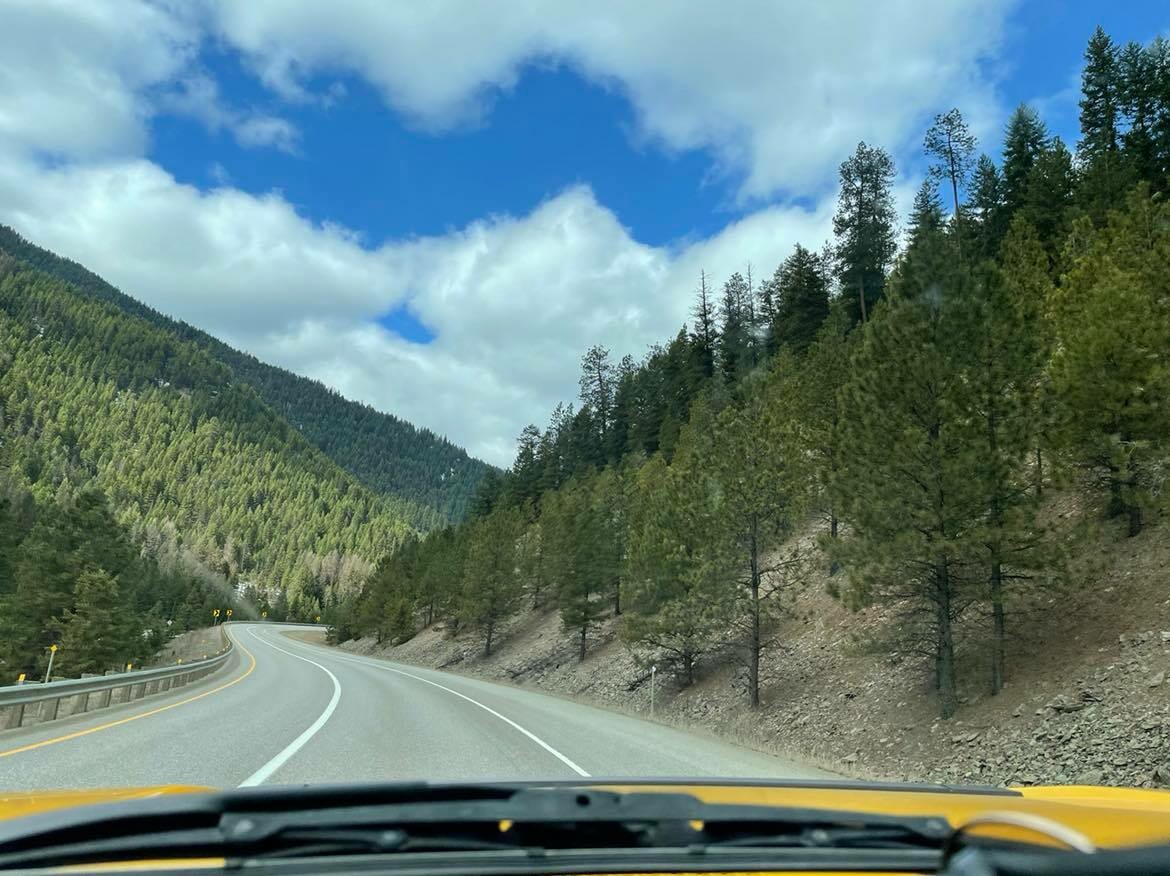

What causes a person to want something? What sparks a want or a dream?
Good questions, right?
When I was really young, I got a book as a gift called the Gnome from Nome. Great little book for a 5 year old.
In 1989, when Discovery Channel was also really young, there was a special aired called Alaska Turns 30. Apparently I loved that program a lot, because I ended up using one of our extremely rare blank VCR tapes to record it. (My baby sister still has the tape at the family home in NM. I was enamored with the visual beauty, the enormity of the state, and the frontier/”newness” of it. It really did stir something almost indescribable in me.
Now I’m sure you’re wondering where the Hell I’m going with all this……
We are 8 days away from making a ginormous move, and making Alaska the new, permanent home of the Wild Barrys clan. Angie and I were talking the other day about what to say to all of you, and I had the idea of composing a little backstory blog.
In several of our previous posts, I’ve told you that I have a huge love and background in the outdoors. My Grandpa and I always used to say that we were born in the wrong era. I think he actually got the better end of the stick, because he was born in an era where he was able to leave home at 13, and rode on horseback to southern Colorado/northern New Mexico.
While we’ve had this in mind for a looooong time, this opportunity really did just kind of pop up on us. Angie got connected with a really great job opportunity (not much in her wheelhouse around here, in smaltown CO, if you catch my drift) & I have a few potentials.
A fairly easy decision to make, but difficult at the same time. A lifetime spent in a relatively small geographical area, a family history literally going back over 100 years here, an awesome job with amazing people…..you get the point.
Now, let’s pack up 3 people, 2 dogs, clothes, books, cooking/kitchen supplies, guns/ammo, fishing gear. Uggghhhh! You learn really quick what is vital and what is a want. How much that is of strictly sentimental value goes? What stays? It was starting that process that made me appreciate minimalists in a whole new way lol.
But, life changes and moves on. You really are going to want to check in and stay up to date with us. Angie has made it clear that we’re going to post and share everything possible with you guys.
Buckle up, something tells me this is going to be an awesome ride.


